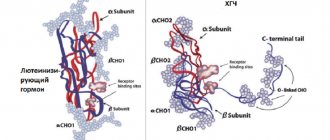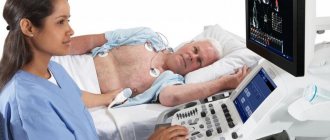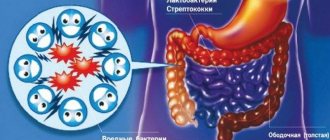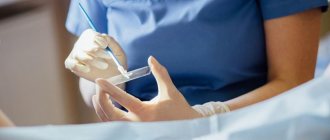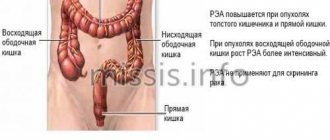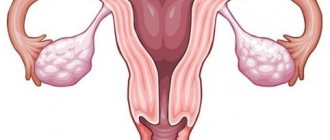Lifestyle and Home Remedies
Maintenance treatment for diarrhea includes:
- Lots of liquids. Choose liquids that contain water, salt and sugar, such as diluted fruit juice, soft drinks and broths.
- Good food. If you have watery diarrhea, eat starchy foods such as potatoes, noodles, rice, wheat and oatmeal. Other good choices are saltine crackers, bananas, soup and cooked vegetables. If you are not hungry, you may need a liquid diet first. After your diarrhea resolves, you may have temporary difficulty digesting milk and milk-based products.
Share link:
- Click to share on Twitter (Opens in new window)
- Click here to share content on Facebook. (Opens in a new window)
- Click to share on Telegram (Opens in new window)
Liked this:
Like
Similar
diagnostics
Doctors often suspect C. difficile in anyone who has diarrhea, has taken antibiotics in the past two months, or when diarrhea develops several days after hospitalization. In such cases, you will likely have one or more of the following tests.
Stool testing
Toxins produced by C. difficile bacteria can usually be found in a sample of your stool. There are several main types of laboratory tests and they include:
- Enzyme immunoassay. The enzyme-linked immunosorbent assay (EIA) test is faster than other tests, but is not sensitive enough to detect many infections and has a higher rate of false normal tests.
- Polymerase chain reaction. This sensitive molecular test can quickly detect the C. difficile toxin B gene in a stool sample and is highly accurate.
- GDH/EIA. Some hospitals use glutamate dehydrogenase (GDH) in combination with the EIA test. GDH is a very sensitive test and can accurately exclude the presence of C. difficile in stool samples.
- Cellular cytotoxicity assay. The cytotoxicity test examines the effects of C. difficile toxin on human cells grown in culture. This type of test is sensitive, but is less widely available, more cumbersome, and takes 24 to 48 hours for test results. Some hospitals use both the EIA test and the cellular cytotoxicity test to ensure accurate results.
Testing for C. difficile is not necessary unless you have diarrhea or watery stools, and it is not helpful for subsequent treatment.
Colon examination
In rare cases, to help confirm the diagnosis of C. difficile infection and look for alternatives, your doctor may examine the inside of your intestine. This test (flexible sigmoidoscopy or colonoscopy) involves inserting a flexible tube with a small camera at one end into your colon to look for areas of inflammation and pseudomembranes.
Image testing
If your doctor is concerned about possible complications from C. difficile, he may order an abdominal x-ray or computed tomography (CT) scan, which provides images of your colon. The scan may reveal the presence of complications, such as a thickening of the colon wall, an enlargement of the intestine, or, less commonly, a hole (perforation) in the lining of your colon.


